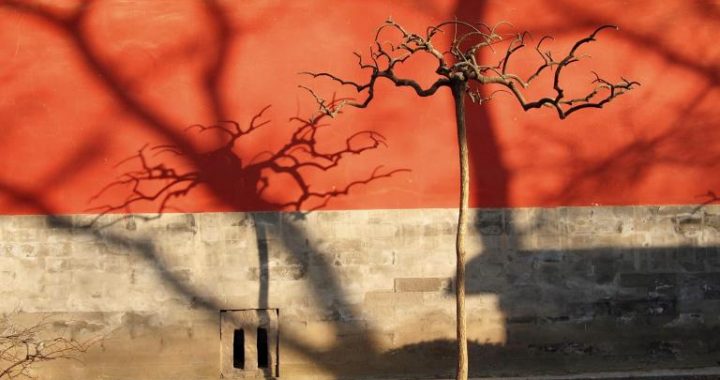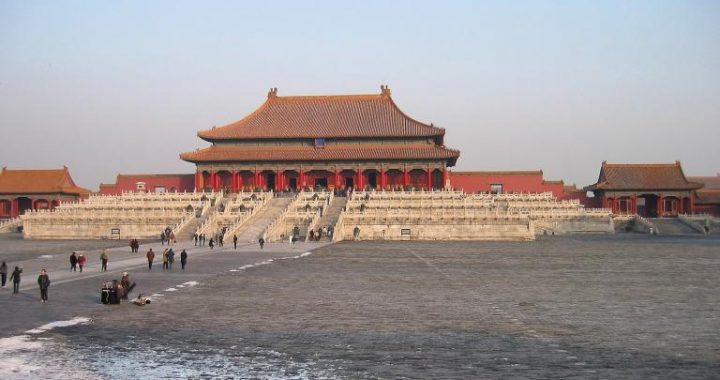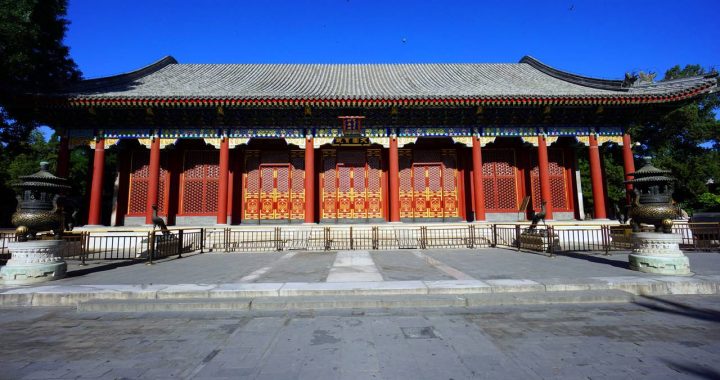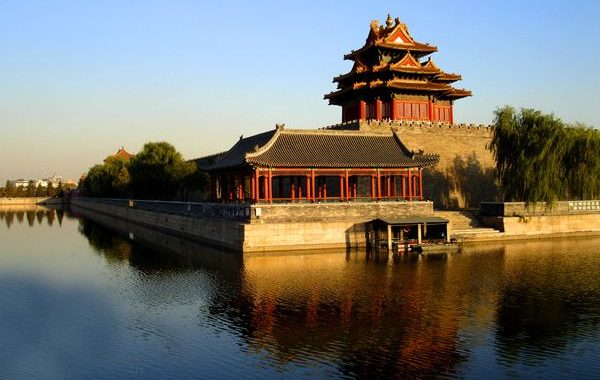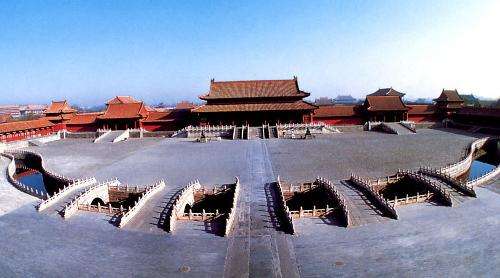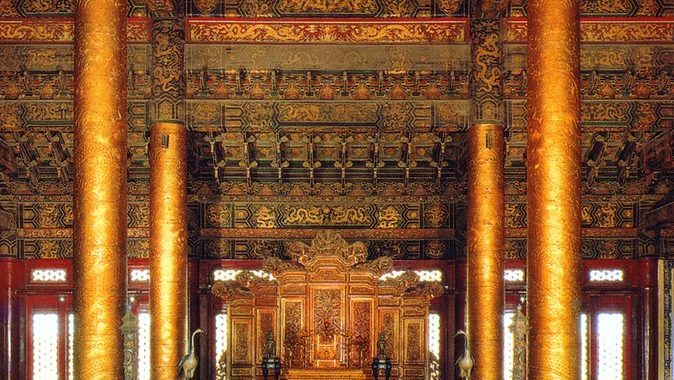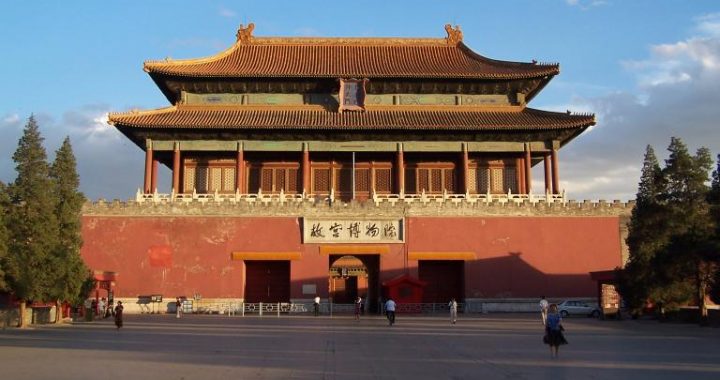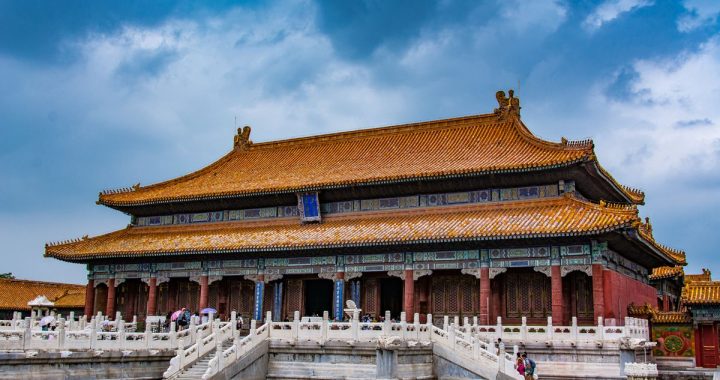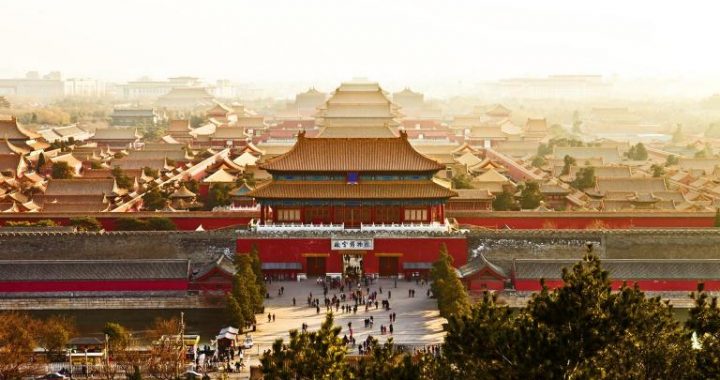The Forbidden City
4 min readLying at the center of Beijing,the Forbidden City,called Gugong in Chinese,was the Imperial Palace during the Ming and Qing Dynasties.Now known as the Palace Museum it is to the north of Tiananmen Square.Rectangular in shape,it is the largest palace complex in the world and covers an area of 74 hectares. Surrounded by a six meter deep moat and a ten meter high wall are 9 999 buildings. The wall has a gate on each side. Opposite the Tiananmen Gate, to the north is the Gate of Devine Might(Shenwumen), which faces Jingshan Park. The distance between these two gates is 960 meters while the distance between the gates in the east and west walls is 750 meters. There are unique and delicately structured towers on each of the fourcorners of the curtain wall. These afford views over both the palace and the city outside. Having been the imperial palace for some five centuries, it houses numerous rare treasures and curiosities. Listed by UNESCO as a world Cultural Heritage Site in 1987, the Palace Museum is now one of the most popular tourist attractions world wide.
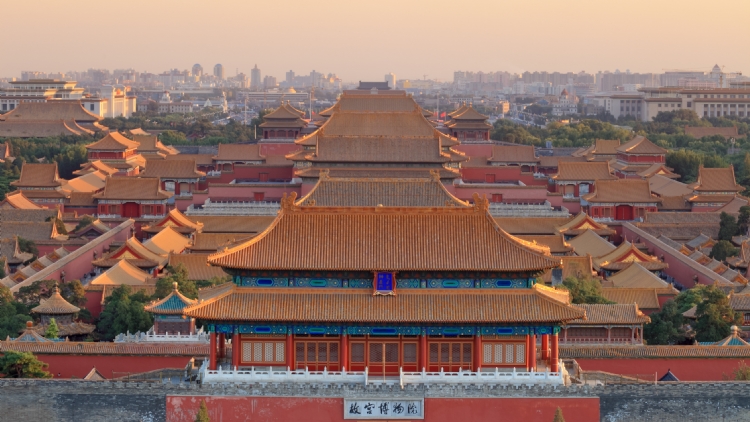
The construction of the palace complex began in 1407, the 3d year in the reign period of Emperor Yongle in the Ming Dynasty, and was completed in 1420. It has a history of over 500 years. It was said that a million workers including one hundred thousand artisans were driven into the long-term hard labor. Stone needed was quarried from Fangshan a suburb of Beijing. It was said a well was dug every fifty meters along the road in order to pour water onto the road in winter to slide huge stones on ice into the city. Huge amounts of timber and other materials were freighted from far away provinces. Ancient Chinese people displayed their very considerable skills in building the Forbidden City. Take the grand red city wall for example. It has an 8.6 meters wide base reducing to 6.66 meters wide at the top. The angular shape of the wall totally frustrates attempts to climb it. The bricks were made from white lime and glutinous rice while the cement is made from glutinous rice and egg whites.
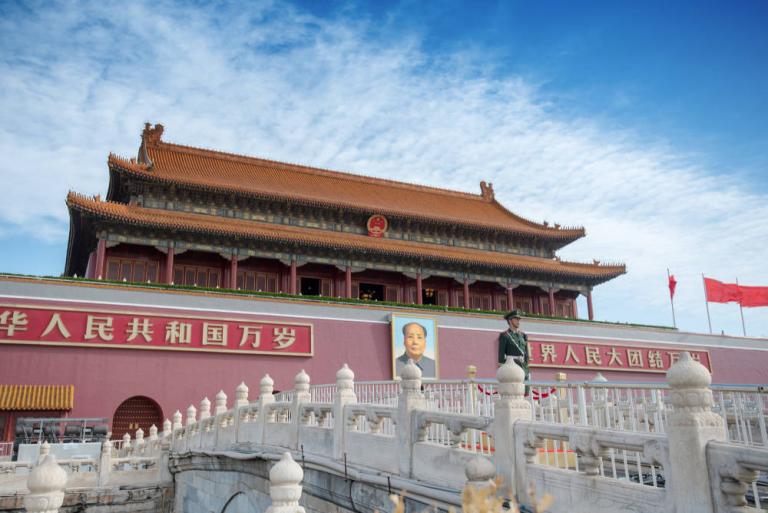
These incredible materials make the wall extraordinarily strong.
The Forbidden City is divided into two parts. The southern section, or the Outer Court was where the emperor exercised his supreme power over the nation, including the Hall of Supreme Harmony, the Hall of Central Harmony, and the Hall of Preserving Harmony. Of the three halls, the Hall of Supreme Harmon is the grandest and most important hall in the palace complex. It is also China’s largest existing palace of wood structure and an outstanding example of brilliant color combinations.
This hall used to be the throne hall for ceremonies which marked great occasions: the Spring Festival, the Emperor’s birthday, and enthronement, etc.
The northern section, or the Inner Court was where he lived with his royal family, including the Palace of Heavenly Purity, the Hall of Union, the Hall of Earthly Tranquility, the Imperial Garden and the Six Western and Eastern Palaces.
The Palace of Heavenly Purity was once the residence of the Ming emperors and the first two of the Qing emperors. Then the Qing Emperor Yong Zheng moved his residence to the Hall of Mental Cultivation and turned it into an audience hall toreceive foreign envoys and handled the state affairs. The promotion and demotion ofofficials were also decided in this hall. Until 1924 when the last emperor of China was driven from the Inner Court, fourteen emperors of the Ming Dynasty and ten emperors of the Qing Dynasty had reigned here.
Since yellow is the symbol of the royal family , it is the dominant color in the Forbidden City. Roofs are built with yellow glazed tiles; decorations in the palace are painted yellow; even the bricks on the ground are made yellow by a special process.
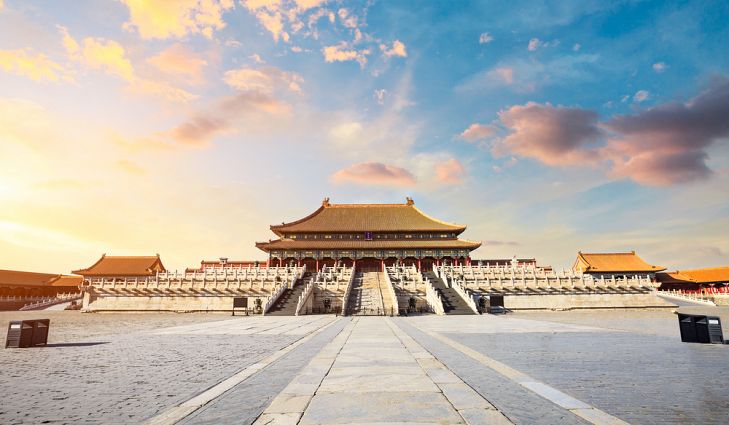
However there is one exception. Wenyuange, the royal library has a black roof. The reason is that it was believed black represented water then and could extinguish fire.
Nowadays , the Forbidden City is open to tourists from home and abroad. Splendid painted decoration on these royal architectural wonders , the grand and deluxe halls, with their surprisingly magnificent treasures will certainly satisfy”modern civilians”.
There are many fascinating sights in and near Beijing, but before visiting the attractions, spend an hour or two walking the streets. Get off the main boulevards and wander through the mazelike alleys where most residents live, or perhaps stroll down Old Culture Street. If your hotel is downtown, walk to the walled 14h-century Forbidden City, so named because it was off limits to ordinary citizens. The main gate of the palace opens onto Tianamen Square. The square is the site of the Monument to the People’s Heroes, Mao Zedong’s Mausoleum, the Great Hall of the People, the Museum of Chinese History and the Museum of the Chinese Revolution.
